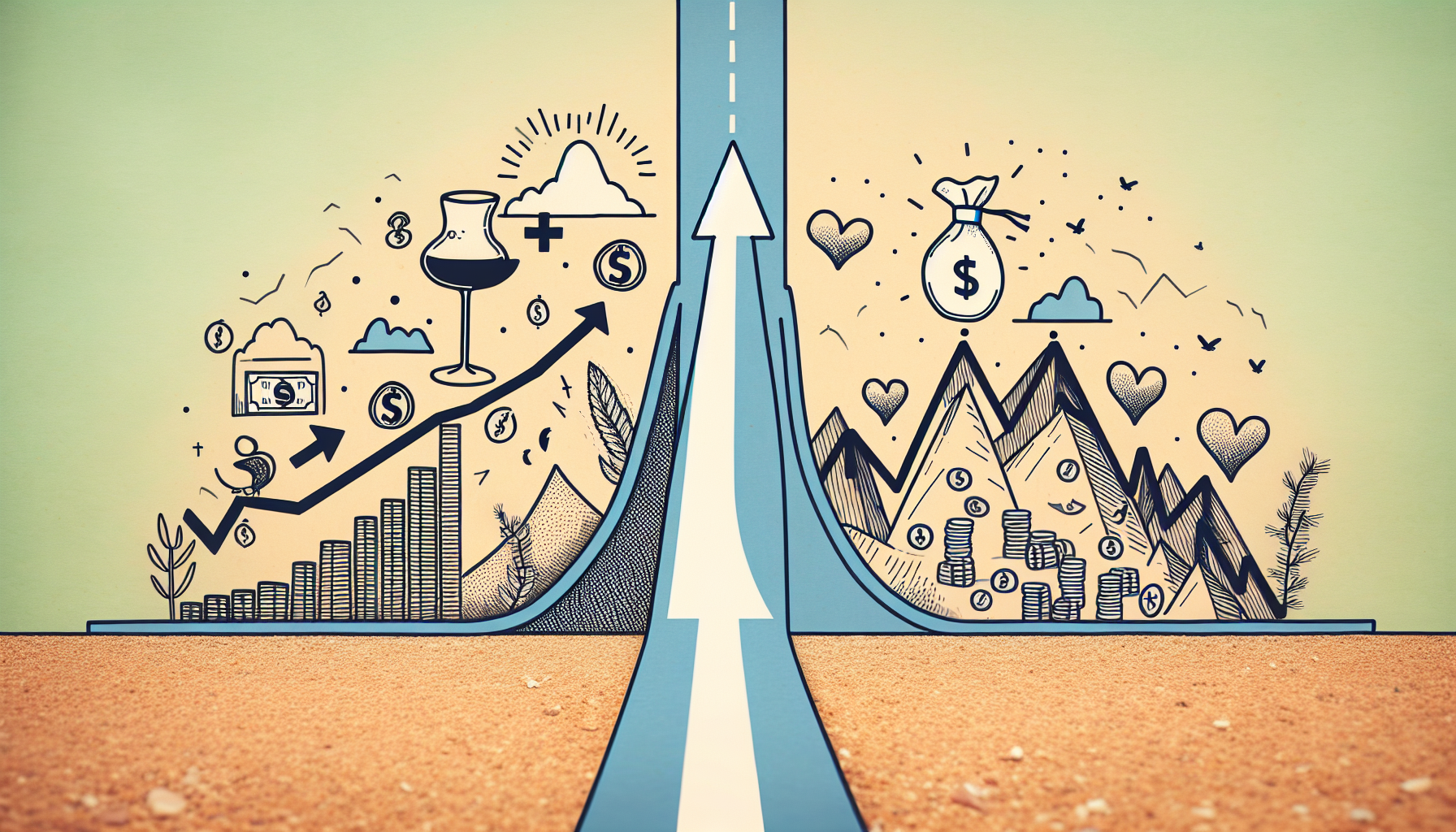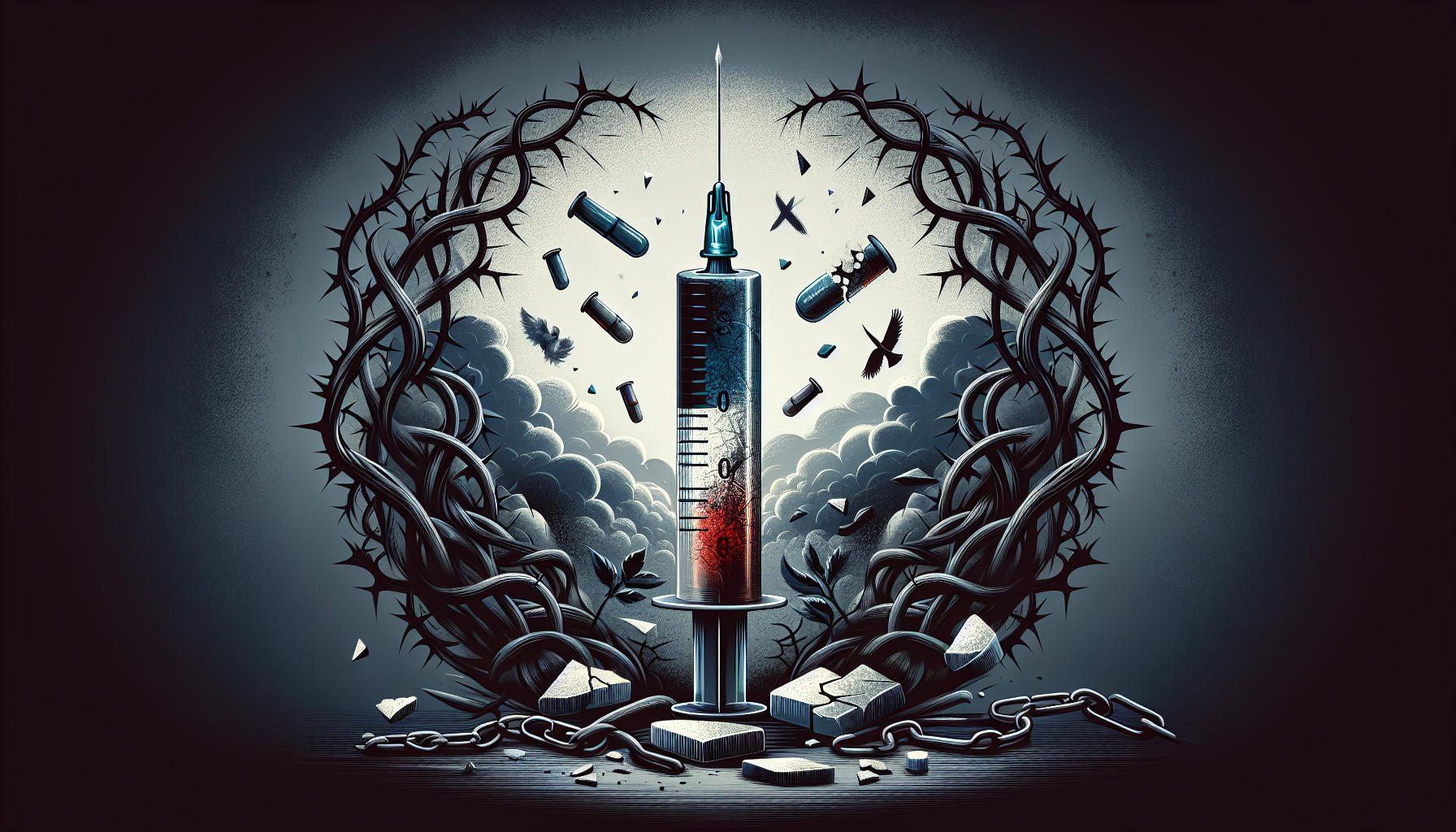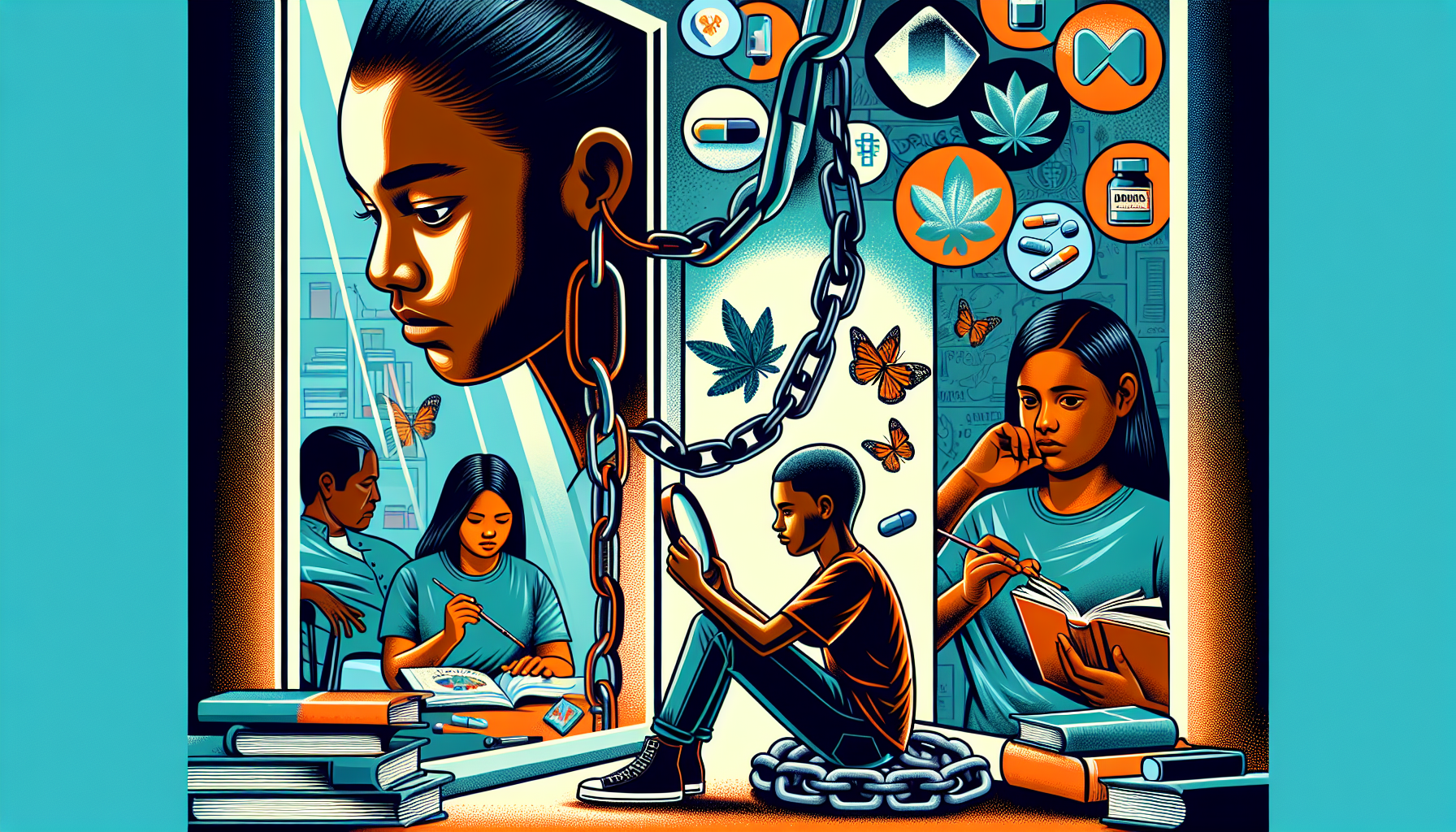September 4, 2024
Empowering Change: The Impact of Raising Alcohol Prices on Deaths
Discover how increasing alcohol prices decreases alcohol-related deaths and supports healthier choices.

Understanding the Impact of Alcohol Pricing
The relationship between alcohol prices and consumption plays a crucial role in public health. Research shows that price increases on alcoholic beverages can lead to reductions in consumption, impacting not just individual health but also wider community safety.
The Relationship Between Alcohol Prices and Consumption
Studies indicate that when the cost of alcohol rises, consumers tend to drink less. This correlation is particularly evident in younger populations and heavy drinkers, who often adjust their behavior more significantly in response to price increases.
| Price Increase (%) | Decrease in Consumption (%) |
|---|---|
| 10% | 5% |
| 20% | 10% |
| 30% | 15% |
The table above illustrates the potential decrease in alcohol consumption corresponding with varying price increases. Such changes in consumption patterns can help mitigate risks associated with excessive drinking.
How Increasing Alcohol Prices Can Reduce Alcohol-Related Deaths
Increasing alcohol prices not only lowers consumption but also contributes to a reduction in alcohol-related deaths. This striking effect highlights the importance of pricing policies in public health strategies aimed at reducing fatalities associated with alcohol misuse.
Research indicates that a gradual rise in alcohol prices can lead to significant drops in alcohol-related mortality rates over time. A study revealed that for every 10% increase in price, alcohol-related deaths decreased by approximately 7%.
| Price Increase (%) | Reduction in Alcohol-Related Deaths (%) |
|---|---|
| 10% | 7% |
| 20% | 14% |
| 30% | 21% |
This information underscores the potential impact of implementing price interventions as a means of promoting healthier drinking habits and saving lives. For more insights into the effects of alternative policies, consider reading about how the decriminalization of drugs decreases addiction rates.
Addressing the issues related to alcohol consumption through pricing strategies can lead to safer communities and healthier individuals. For those seeking freedom from addiction, understanding these connections can be empowering on their journey to recovery. For more supportive resources, visit our article on i am not resistant.
Research Evidence
Research provides valuable insights into the relationship between alcohol pricing and its impact on alcohol-related deaths. This section outlines studies demonstrating the effectiveness of increased alcohol prices and presents statistical data on alcohol-related fatalities.
Studies Showing the Effectiveness of Increased Alcohol Prices
Numerous studies have highlighted how raising alcohol prices can effectively reduce consumption. The correlation between price changes and drinking behavior is supported by extensive research.
| Study | Findings |
|---|---|
| Study 1: Anderson et al. (2009) | Found that a 10% increase in alcohol prices could lead to a 5% decrease in overall consumption. |
| Study 2: Wagenaar et al. (2009) | Reported that higher alcohol prices were linked to a significant reduction in youth drinking. |
| Study 3: Chaloupka et al. (2002) | Showed that price increases can effectively decrease heavy drinking, particularly among those at greater risk. |
These studies indicate that adjusting alcohol prices can lead to meaningful changes in consumption patterns, especially among various demographics, such as underage drinkers and heavy consumers.
Statistical Data on Alcohol-Related Deaths
Statistical evidence further supports the claim that increasing alcohol prices decreases alcohol-related fatalities. The data showcases trends over time, suggesting a clear relationship between price policies and mortality rates.
| Year | Alcohol Prices (Average) | Alcohol-Related Deaths |
|---|---|---|
| 2010 | $2.50 | 80,000 |
| 2015 | $2.80 | 75,000 |
| 2020 | $3.00 | 65,000 |
| 2023 | $3.50 | 55,000 |
The declining number of alcohol-related deaths coincides with rising alcohol prices. As prices increase, fewer individuals engage in excessive drinking, thereby reducing the associated health risks.
For individuals looking to quit their addiction, understanding these dynamics can be crucial. For additional insights into the recovery process, explore articles like five herbs to aid in the recovery process or learn how i am not resistant might resonate with their journey.
Behavioral Changes
Understanding how price increases can influence individual choices regarding alcohol consumption is crucial for combating addiction. Here, the focus is on how higher prices impact consumer behavior and the long-term effects on drinking habits.
How Higher Prices Influence Consumer Behavior
When the cost of alcohol rises, individuals often reassess their drinking patterns. Research indicates that higher prices can lead to reduced consumption, as financial constraints encourage individuals to consider their spending.
A study illustrated the following effects on consumer behavior:
| Price Increase (%) | Decrease in Consumption (%) |
|---|---|
| 10% | 5% |
| 20% | 10% |
| 30% | 15% |
This data highlights that as prices rise, the likelihood of individuals choosing to drink less or opt for cheaper alternatives increases. By creating an economic barrier, it becomes less feasible for people to maintain their previous drinking levels, thereby promoting healthier choices.
Long-Term Effects on Drinking Habits
Long-term exposure to increased alcohol prices is associated with sustainable changes in drinking habits. Over time, individuals who are exposed to higher prices may develop new attitudes towards alcohol consumption, leading to reduced cravings and possibly even long-lasting sobriety.
Studies suggest that sustained reductions in availability and affordability can lead to:
| Behavior Changes | Description |
|---|---|
| Lower Frequency of Drinking | Individuals may choose to drink less frequently, focusing instead on social activities that do not revolve around alcohol. |
| Increased Interest in Alternatives | People may seek out non-alcoholic beverages or partake in activities that support a sober lifestyle. |
The gradual shift in mindset can help individuals recognize that enjoyable experiences can exist without alcohol. Resources such as i am not resistant provide support to those navigating these significant changes.
Incorporating price increases as part of public policy not only aids in reducing consumption but also contributes to the larger aim of decreasing alcohol-related deaths, thereby fostering a healthier community.
Policy Implications
Governmental Strategies for Implementing Price Policies
Governmental bodies can adopt several strategies to effectively implement pricing policies aimed at increasing alcohol prices. These strategies are designed to not only enhance public health but also to decrease alcohol-related deaths. Key approaches include:
Excise Taxes: Implementing higher excise taxes on alcoholic beverages increases retail prices, thus reducing consumption. This strategy has been shown to target heavy drinkers more effectively.
Minimum Unit Pricing (MUP): Establishing a minimum price per unit of alcohol ensures that lower-cost, high-alcohol products are not as accessible. MUP focuses on reducing the affordability of these products, thereby curbing excessive consumption.
Public Awareness Campaigns: Educating the community about the dangers of excessive alcohol consumption and linking these dangers to increased prices can motivate behavioral changes.
Working with Retailers: Collaborating with distributors and retailers to promote higher pricing and responsible selling practices can help reinforce pricing policies in the market.
| Policy Strategy | Description |
|---|---|
| Excise Taxes | Higher taxes on all alcoholic beverages. |
| Minimum Unit Pricing (MUP) | Set a floor price per unit to limit low-cost, high-alcohol products. |
| Public Awareness Campaigns | Educational initiatives to inform about risks of alcohol misuse. |
| Collaborations with Retailers | Supporting responsible selling practices among alcohol retailers. |
Public Health Benefits of Pricing Interventions
Increasing alcohol prices has significant public health benefits that extend beyond just reducing consumption. Evidence suggests that these interventions lead to a decrease in alcohol-related deaths. The benefits include:
Reduction in Alcohol Consumption: Higher prices often lead to lowered overall alcohol intake, particularly among high-risk individuals.
Decrease in Alcohol-Related Health Issues: As consumption decreases, there is a corresponding reduction in health problems associated with excessive drinking, such as liver disease and addiction.
Lower Rates of Violence and Crime: Reduced alcohol availability may also result in fewer alcohol-fueled incidents, leading to safer communities.
Financial Savings for Healthcare Systems: By decreasing the burden of alcohol-related health issues, governmental healthcare expenditures can be redirected to other public health initiatives.
| Health Benefit | Description |
|---|---|
| Reduction in Consumption | Less alcohol consumption, especially among high-risk drinkers. |
| Fewer Alcohol-Related Illnesses | Diminished health issues like liver disease and addiction rates. |
| Decrease in Violence and Crime | Safer communities due to fewer alcohol-related incidents. |
| Savings for Healthcare Systems | Reduced costs related to the treatment of alcohol-related conditions. |
By focusing on these strategies and understanding the public health benefits, society can move towards a healthier environment, reinforcing the idea that increasing alcohol prices decreases alcohol-related deaths. The collaborative efforts among policymakers, the healthcare community, and the public are essential for creating lasting change.
Support and Resources
Seeking help for alcohol addiction can be a challenging step, but numerous resources are available to assist individuals on their journey. Understanding how to access support and treatment options is crucial for anyone looking to quit.
Accessing Support for Alcohol Addiction
Support for alcohol addiction can come from many different sources. These can include community programs, healthcare professionals, and online support groups. It is important for individuals to find a support system that resonates with them and their recovery needs.
| Type of Support | Description |
|---|---|
| Community Programs | Local organizations often provide support groups and counseling. |
| Healthcare Professionals | Doctors and therapists can offer personalized treatment plans and medications. |
| Online Support Groups | Virtual support communities provide flexibility to connect with others struggling with similar challenges. |
Individuals can start by reaching out to organizations that focus specifically on alcohol addiction. Many cities have local resources dedicated to substance abuse, which can provide critical support.
For more comprehensive recovery options, exploring various treatments, including holistic approaches, can also be beneficial. Techniques like mindfulness and using five herbs to aid in the recovery process are worth investigating.
Helplines and Treatment Options
Helplines are a valuable first step for individuals seeking immediate support and information. They often connect users with trained professionals who can provide guidance.
Here is a table listing some common helplines:
| Helpline | Purpose |
|---|---|
| National Helpline | Offers 24/7 support and connects callers to local services. |
| Alcohol Abuse Helpline | Provides information on treatment options and support networks. |
| Local Support Services | Connects individuals with community resources for ongoing assistance. |
In addition to helplines, there are various treatment options available:
- Inpatient Rehabilitation Programs: Intensive care and support in a facility.
- Outpatient Programs: Flexible treatment that allows individuals to live at home while attending therapy sessions.
- Support Groups: Regular meetings like Alcoholics Anonymous (AA) can provide ongoing support and community.
Finding the right treatment is vital. For those struggling with addiction, learning about different options and support systems can empower them to pursue recovery. For further reading about strategies for overcoming addiction, consider exploring articles like turn to help for opioid addiction and decriminalization of drugs decreases addiction rates.
This journey may be difficult, but support is readily available. Accessing resources can significantly improve the chances of successful recovery while contributing to lower alcohol-related deaths, reinforcing the idea that increasing alcohol prices decreases alcohol related deaths.
.jpg)




.jpg)


